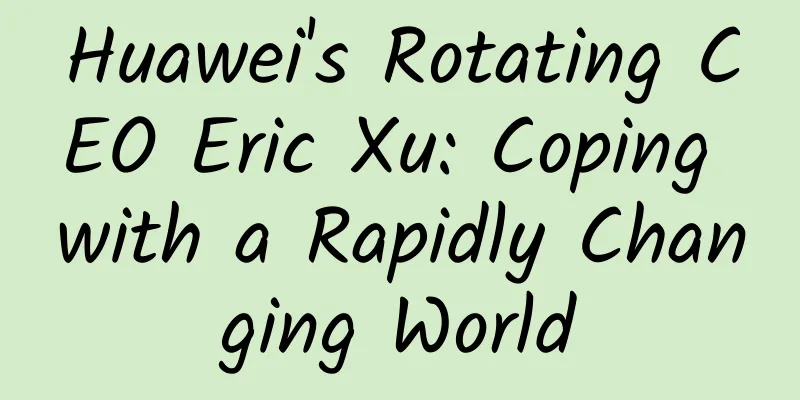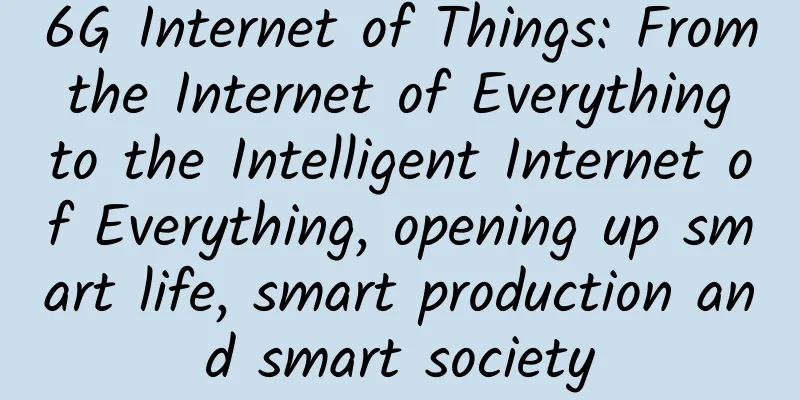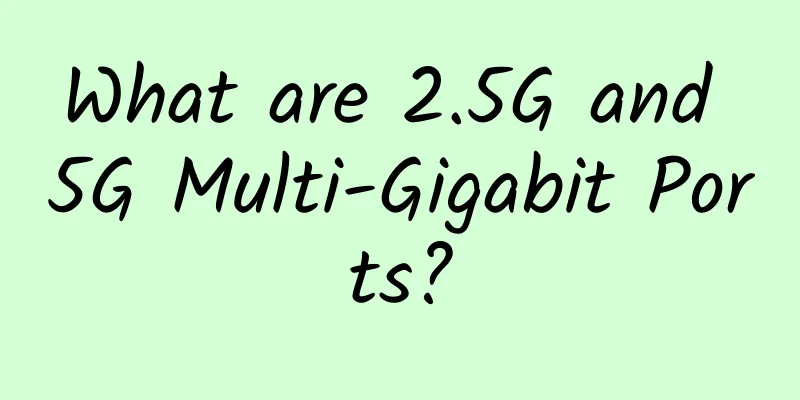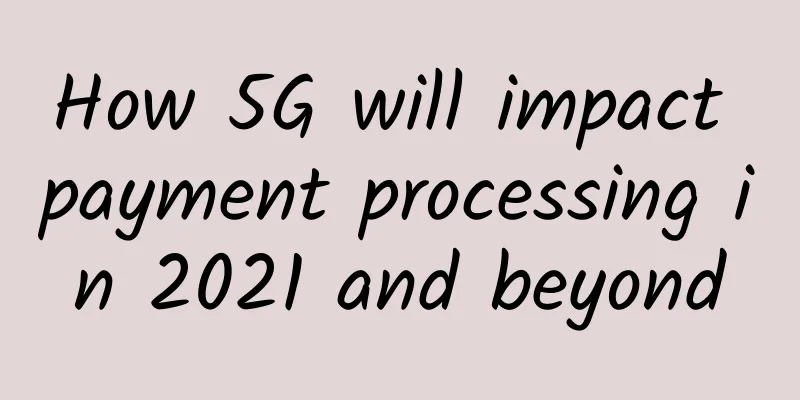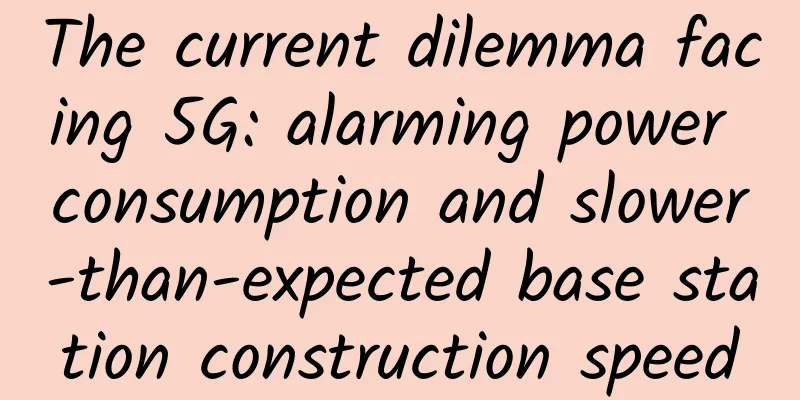Revelation from global 5G speed test: Can operators break away from homogeneous competition?
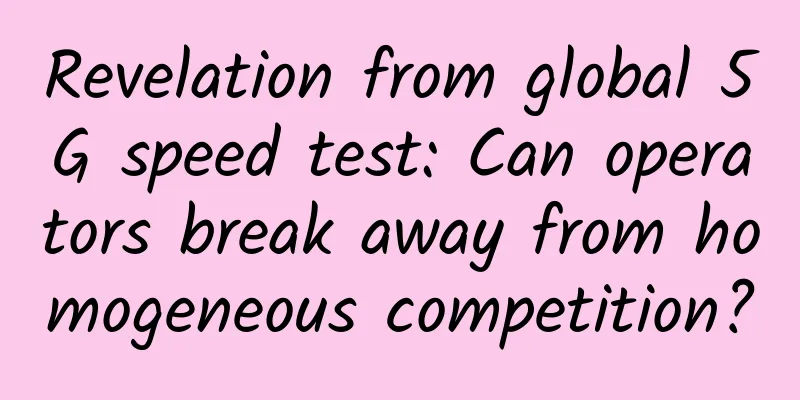
|
The same coverage, the same bandwidth, the same mobile phone, the same 5G KPI...How can operators get rid of homogeneous competition? I still remember clearly that as early as 2017, before the birth of 5G, industry experts raised such questions about the 5G era. Looking back at the 4G era, unified standards, all-network mobile phones, and increasingly smaller network coverage gaps have smoothed out the differences in network capabilities between operators, causing operators to fall into fierce homogeneous competition. Will this continue in the 5G era? Recently, the 5G speed test results of major third-party evaluation agencies around the world have brought a lot of inspiration.
Same 5G, Different Experience Not long ago, the third-party evaluation organization Ookla released its latest evaluation report on its official website, which showed that even in the same city, the iPhone 5G experience under different operator networks is significantly different. The report gave a detailed interpretation of cities such as Seoul, Madrid, and Amsterdam. In Seoul, the three 5G operators all use the N78 frequency band, with LG U+'s spectrum bandwidth being 80MHz, and SK Telecom and KT's being 100MHz. Although LG U+ does not have an advantage in bandwidth, its average 5G network speed is far ahead. In Madrid, Vodafone and Movistar have 90MHz spectrum bandwidth on the n78 band, Yoigo has 80MHz, and Orange has 100MHz. Although the bandwidths of the four operators are similar, Vodafone's average 5G uplink and downlink speeds are better than those of other operators. The situation is similar in Amsterdam, where KPN Mobile's iPhone 12 5G experience is significantly better than T-Mobile and Vodafone. This is not the only case. In 2020, the test report of umlaut, a European tripartite evaluation organization, also showed similar differences. For example, umlaut's Swiss evaluation report showed that Sunrise 5G's average speed was 405 Mbps, much higher than Swisscom's 219Mbps, while Sunrise had 100 MHz spectrum bandwidth in the N78 band, while Swisscom had 120MHz. umlaut's speed test for the Netherlands also matched Ookla's results, with KPN's 5G network speed ranking first in the Netherlands, better than T-Mobile and Vodafone. Ookla uses a "crowd testing" approach, which is to evaluate the network based on a large number of terminal users' self-speed testing and reported data. Umlaut uses a "road test" method in which dedicated people drive and walk. Although the data collection methods are different, the results are the same - the same 5G, but a different experience. As we all know, data is transmitted between mobile phones and base stations through wireless channels. The spectrum bandwidth of this wireless channel determines the system capacity. The wider the spectrum bandwidth, the faster the network speed, which is like the wider the road, the greater the traffic volume. So why is the network experience so different among operators when the spectrum bandwidth is similar? Technological innovation determines experience differentiation One of the key reasons for the above differentiated network experience is the 5G core technology - Massive MIMO. Massive MIMO can form narrow beams with more concentrated wireless signal energy by adjusting the phase and amplitude of multiple antennas. It can compensate for the propagation loss of radio waves by dynamically controlling the beams according to different coverage scenarios, thereby improving coverage capabilities. It can also use spatial multiplexing technology to allow multiple beams to connect to multiple users at the same time, and realize the simultaneous sending and receiving of multiple data streams on the same wireless channel, thereby doubling the system capacity without increasing the spectrum bandwidth. To achieve the above capabilities, Massive MIMO needs to use adaptive algorithms to schedule and decide on beamforming and space-division multiplexing communication methods in real time based on information such as the wireless channel status. For example, high-precision precoding processing is required to avoid interference between different data streams; signal fading is reasonably compensated according to the wireless channel status to improve wireless transmission performance; beam patterns are dynamically adjusted according to different coverage scenarios, and complex algorithms are used to ensure that the beam is accurately pointed to the user's location. At the same time, the stronger the capability of Massive MIMO is, the more antennas it needs to support, the more RF channels it needs, and the more related power amplifiers, filters, antenna units and other devices it needs, which will make the equipment larger and heavier. In order to make the equipment more compact for easier deployment, ultra-high-density system design and ultra-high-precision processing capabilities are also required, which brings greater technical challenges. Obviously, the system design of Massive MIMO and related software algorithms are the key to improving the 5G network experience, but these are not defined in the 3GPP standard, and major manufacturers use their own proprietary algorithms. Therefore, operators using equipment from different manufacturers will bring different network experiences, which also explains the reason for "same 5G, different experience". According to relevant information, in many of the above evaluation reports, the operators with leading 5G performance in the same city have their 5G networks and services provided by Huawei. Taking Seoul as an example, according to Korean media reports, LG U+ uses Huawei 5G equipment in Seoul, while KT and SKT use equipment from other manufacturers. LG U+ has adopted Huawei's Massive MIMO equipment with a significantly reduced weight (as light as 25KG), which has achieved simple deployment of 64T64R equipment, enhanced coverage and greatly improved network performance; at the same time, combined with SRS Tianxuan, full-channel Beamforming and other technologies, it has comprehensively improved capacity, rate and coverage, making Massive MIMO performance better. I remember that at the 2020 Global Mobile Broadband Forum held in November last year, Yang Chaobin, President of Huawei's Wireless Network Product Line, introduced that the same iPhone 12 test was used. In the single-user MIMO scenario, the user experience under Huawei's network was 1.6 times that of the friendly network, and in the multi-user MIMO scenario, the cell capacity was twice that of the friendly network. In order to further unleash the potential of Massive MIMO, Huawei is continuing to upgrade its AHR algorithm, which can greatly increase the pairing rate through terminal and channel adaptation. This further confirms the 5G test results of the above major third-party evaluation agencies, and also confirms that Massive MIMO product capabilities and software algorithm innovations are the key reasons for the differentiation of network experience. Currently, the global large-scale commercial use of 5G has just begun. Due to technological innovations such as Massive MIMO software algorithms, there are such great differences in experience between operators' networks. In the future, will this differentiation become greater with continuous technological innovation? The answer is yes. Continuous innovation to increase differentiated competition Massive MIMO can significantly improve system capacity without increasing spectrum bandwidth. In the next step, as the number of 5G users increases, network traffic increases, and the network becomes more and more crowded, with limited spectrum resources, this will inevitably lead to greater and greater differences in experience between operator networks using different Massive MIMO technologies. In fact, in addition to Massive MIMO product capabilities and algorithms, compared with 4G, the 5G era's TDD dynamic time slot allocation, efficient collaboration between 4G and 5G, maximum utilization of fragmented spectrum resources, uplink and downlink decoupling, minimization of antenna space, intelligent energy saving, network automation and other technologies will bring more variables to the differentiation of network experience and operational capabilities among operators, and further test the equipment manufacturers' continuous technological innovation capabilities. At the same time, on the road to 5G to B, facing the diversified businesses and scenarios in thousands of industries, the industry needs to continue to innovate in technology so that 5G networks have the ability to flexibly respond to differentiated connection demands, thereby helping operators obtain the greatest benefits at the lowest cost. To this end, Huawei proposed the future-oriented "1+N" 5G target network strategy in November last year: "1" refers to a large-bandwidth medium-frequency basic network with continuous coverage across the country, and "N" refers to the on-demand superposition of N-dimensional network capabilities on the basis of this large-bandwidth basic network. It also released the latest Massive MIMO algorithm, uplink and downlink decoupling that supports multi-band combinations, BladeAAU Pro that integrates active AAU and multi-band passive antennas, FDD Massive MIMO, Blade Pro ultra-wideband RRU, Blade Pro flexible channels, 5GtoB Suite that supports extremely simple on-demand deployment and automated operation and maintenance of 5G private networks, PowerStar intelligent network energy saving and other products and solutions to help operators achieve the best balance between revenue and investment through continuous technological innovation and achieve 5G commercial success. Looking back, in the 2G and 3G eras, the differentiated competition between operators was mainly based on coverage, terminals, and the scale of the ecosystem of different standards. In the 4G era, the standards were unprecedentedly unified, terminals were all network-accessible, and the coverage gap between operators was not large, so the only thing left was to compete on price. Now that we have entered the 5G era, the network is unprecedentedly complex, the services are unprecedentedly diversified, and there is a trend of multi-technology integration, which has brought huge technical challenges to 5G and also brought huge room for technological innovation. It also shows that an era of winning differentiated competitiveness through continuous technological innovation is coming. In the 5G era, whether operators can get rid of homogeneous competition is worth waiting for! |
<<: Starlink Internet service users exceed 10,000
Recommend
Why do many colleagues recommend Ether IPL? Until this hospital expansion...
By Jin Gang, Chief of Information Department, Thi...
Are you among the unemployed after 5G?
[[271219]] On June 6, a very special day, my coun...
Analysis of global 5G infrastructure market development trends from 2020 to 2027
Market research firm Grand View Research recently...
5G is here: Will 4G soon be relegated to the sidelines?
Will 4G, which once brought prosperity to the mob...
From "cable maze" to "digital thoroughfare": One machine and one network help Chengtiantai campus network upgrade
Lin Haibin, currently the project director of She...
Among China Mobile, China Unicom and China Telecom, which 100M broadband is more reliable and cost-effective?
Currently, 100M fiber-optic access to homes has b...
[New Year's Day] DogYun Elastic Cloud 30% off/Classic Cloud 20% off 16 yuan/month, top up 100 yuan and get 10 yuan free, independent server 200 yuan/month
DogYun (狗云) has launched a promotional event duri...
Server-Speaks-First is a bit of a bummer, protocol detection and opaque ports in Linkerd 2.10
[[416375]] This article is reprinted from the WeC...
Global Power over Ethernet Lighting Solutions
The world of smart buildings is undergoing a majo...
RackNerd: $12.79/year KVM-1GB/20GB/3TB/Los Angeles data center
Recently, RackNerd has restocked a low-cost annua...
Maximum connectivity through fiber optic and Ethernet ports
In today's digital environment, high-speed da...
After China leads the world in 5G, beware of being "led by the pace"
From the blank of 1G to the comprehensive leaders...
Survey shows: SD-WAN deployment is growing rapidly, MPLS will not disappear
Recently, Cato Networks released a survey report ...
4G packages can also connect to 5G networks: but the speed is only slightly faster
5G has been popular in China for some time. The f...
5G has been developed for three years, why are people still using 4G?
I remember that in 2018, there was a lot of news ...
